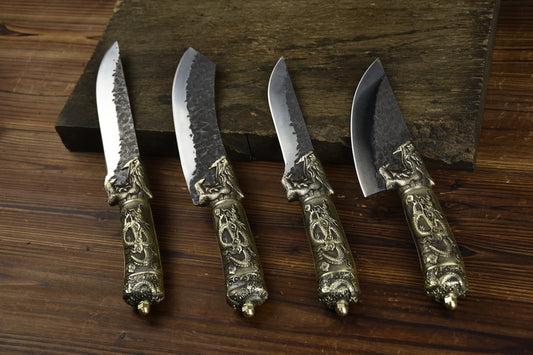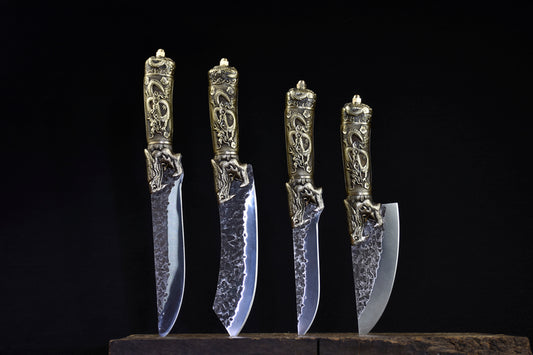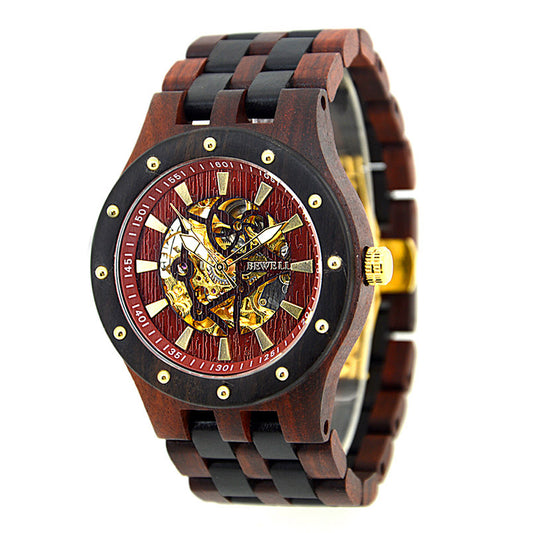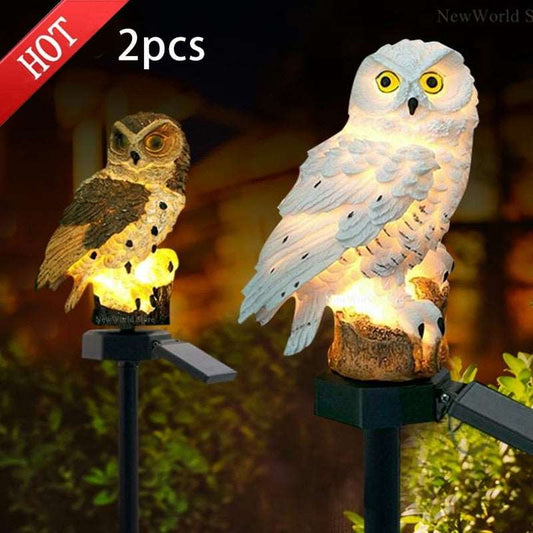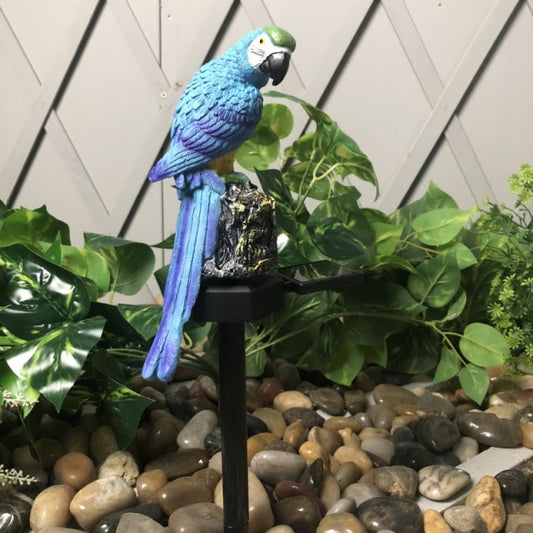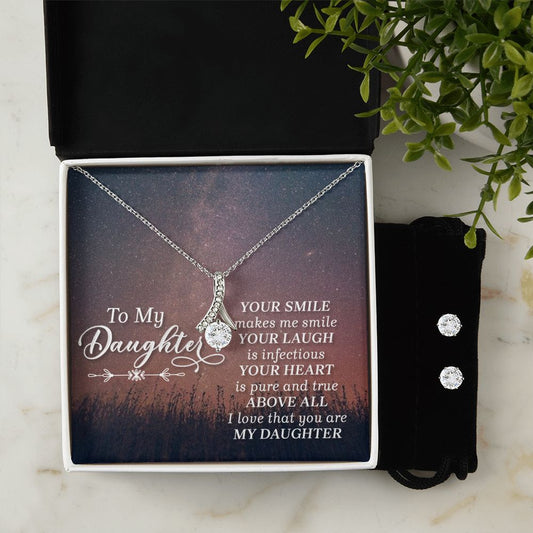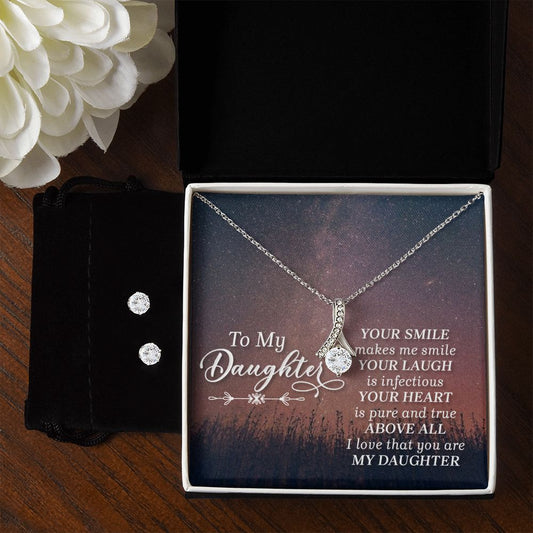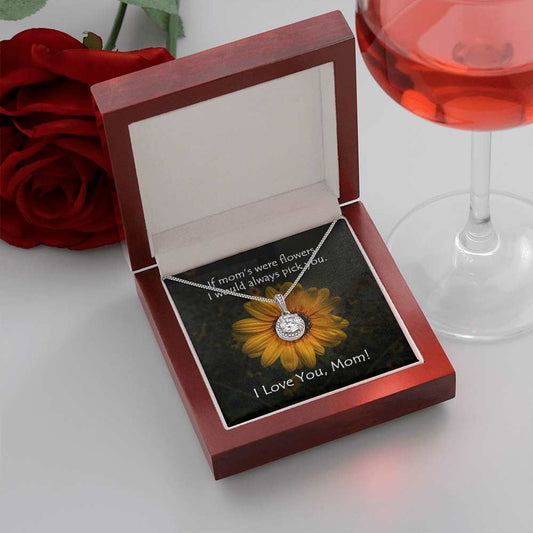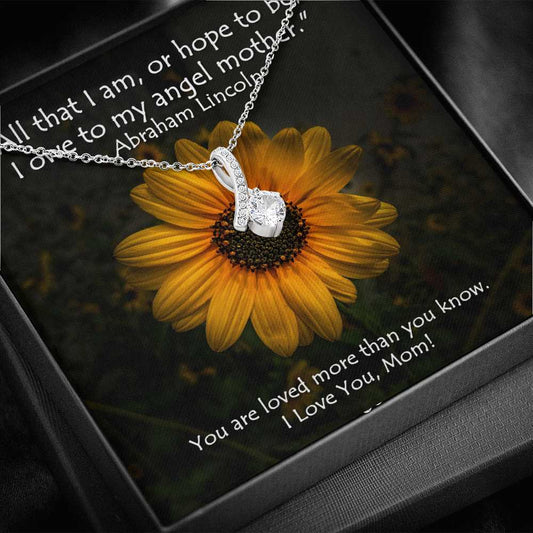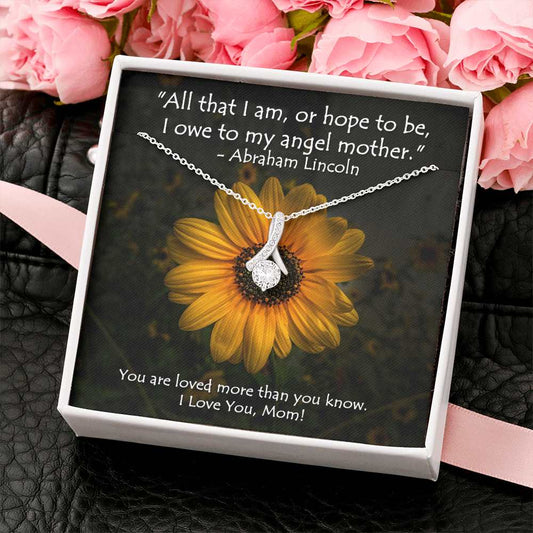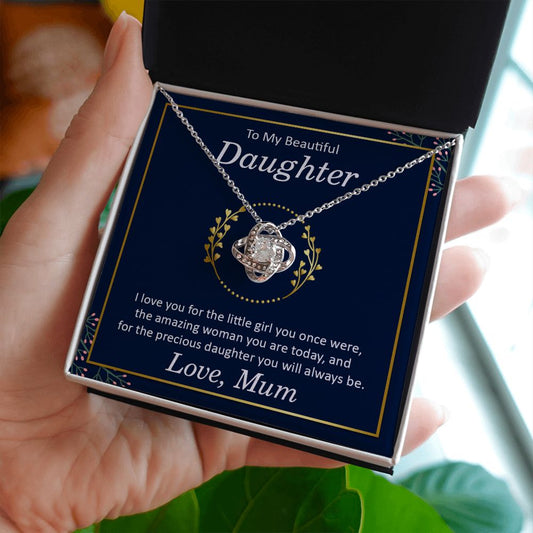Dragons and Gargoyles
Dragons and gargoyles, let me explain. My daughter loves dragons, she's studied the different types and loves most movies with dragons in it. The left side of my logo represents a dragon, in honor of my daughter's love of dragons. The infinity sign is showing that my daughter and I love each other for infinity. My representation is the gargoyle on the right side.
Gargoyles are decorative figures typically carved from stone or other materials that are designed to adorn buildings such as churches, cathedrals, and other important structures. They are often depicted as grotesque or monstrous creatures, with wings, claws, and fangs.
While gargoyles were primarily decorative elements in medieval architecture, they also served a practical purpose. One of the primary functions of gargoyles was to channel water away from the roof of a building, helping to prevent damage from rainwater runoff. The grotesque appearance of gargoyles was also believed to ward off evil spirits, with some legends suggesting that they could come to life and protect the building and its inhabitants from harm.
In popular culture, gargoyles are often depicted as protectors of the human race, with the ability to come to life and defend against evil forces. This is the basis of the popular animated television series "Gargoyles," which aired in the 1990s.
While there is no evidence to suggest that gargoyles actually have the ability to come to life and protect humans, their symbolic role as protectors and defenders has endured in popular culture. Today, gargoyles continue to be an important decorative element in many buildings, and their distinctive appearance and rich history make them a fascinating subject for art and architecture enthusiasts alike.
Dragon folklore from different cultures around the world includes various types of dragons that are believed to protect their master. Here are a few examples:
-
Chinese Guardian Dragons: In Chinese mythology, dragons are revered as symbols of power and good fortune. Chinese Guardian Dragons are believed to be protectors of people and property, and are often depicted with large, bulging eyes and long, flowing manes. These dragons are believed to be highly intelligent and fiercely loyal, and are often associated with the Emperor and the Imperial Court.
-
European Guardian Dragons: European dragon folklore includes stories of dragons that guard treasure or specific places, such as castles or bridges. These dragons are often depicted as fierce, fire-breathing creatures with large, powerful wings and sharp claws. They are said to be highly protective of their treasure or territory, and will stop at nothing to defend it.
-
Japanese Guardian Dragons: In Japanese mythology, dragons are known as "ryu" and are considered to be protectors of the natural world. Japanese Guardian Dragons are often depicted with long, flowing whiskers and are believed to have the ability to control the elements, such as water and wind. They are highly respected and revered in Japanese culture, and are often seen as symbols of strength and perseverance.
-
Native American Guardian Dragons: Some Native American tribes have stories of dragons that are believed to be protectors of the natural world. These dragons are often depicted as serpents or winged creatures, and are believed to have the power to heal or bring rain. They are highly respected by the people of these tribes, and are considered to be powerful and benevolent protectors.
Overall, dragons have played an important role in mythology and folklore around the world, and are often associated with protection and good fortune. While the specific characteristics and abilities of guardian dragons vary by culture, they all share a common theme of being fiercely protective of their master or the natural world they inhabit.
Enjoy Some Of These Favorite Finds ...
-
Full Dragon Handle Boning Knife Set
Vendor:Dragoyle LLCRegular price $144.94 USDRegular price$169.99 USDSale price $144.94 USDSale -
Large-capacity Hand-carved Leather Shoulder Bag
Vendor:Dragoyle LLCRegular price $83.99 USDRegular price -
BEWELL Luxury Vintage Wood Watch
Vendor:Dragoyle LLCRegular price $79.96 USDRegular price$98.99 USDSale price $79.96 USDSale -
High H2 - ORP Hydrogen Ionizer Water Bottle
Vendor:Dragoyle LLCRegular price From $72.92 USDRegular price$89.99 USDSale price From $72.92 USDSale -
Solar Powered Adorable Animal LED Lights
Vendor:Dragoyle LLCRegular price $64.96 USDRegular price -
Electronic Musical Boxing Wall Target
Vendor:Dragoyle LLCRegular price $59.95 USDRegular price -
Silent Turbo High Power Jet Fan
Vendor:Dragoyle LLCRegular price From $59.95 USDRegular price -
Daughter's Smile Alluring Beauty Necklace Earring Set
Vendor:Dragoyle LLCRegular price From $59.95 USDRegular price$139.90 USDSale price From $59.95 USDSale -
Eternal Hope Mom Necklace
Vendor:Dragoyle LLCRegular price From $59.95 USDRegular price$0.00 USDSale price From $59.95 USD -
Mother's Day Ribbon Shaped Pendant Necklace
Vendor:Dragoyle LLCRegular price From $59.95 USDRegular price$79.99 USDSale price From $59.95 USDSale -
Love Promise Interlocking Hearts Necklace
Vendor:Dragoyle LLCRegular price From $49.95 USDRegular price$119.90 USDSale price From $49.95 USDSale -
Daughter Love Knot Necklace
Vendor:Dragoyle LLCRegular price From $49.95 USDRegular price$119.90 USDSale price From $49.95 USDSale
Join The Dragoyle Family
Get 20% OFF your first order when you subscribe.
Get exclusive offers, special discounts and exclusive deals!

